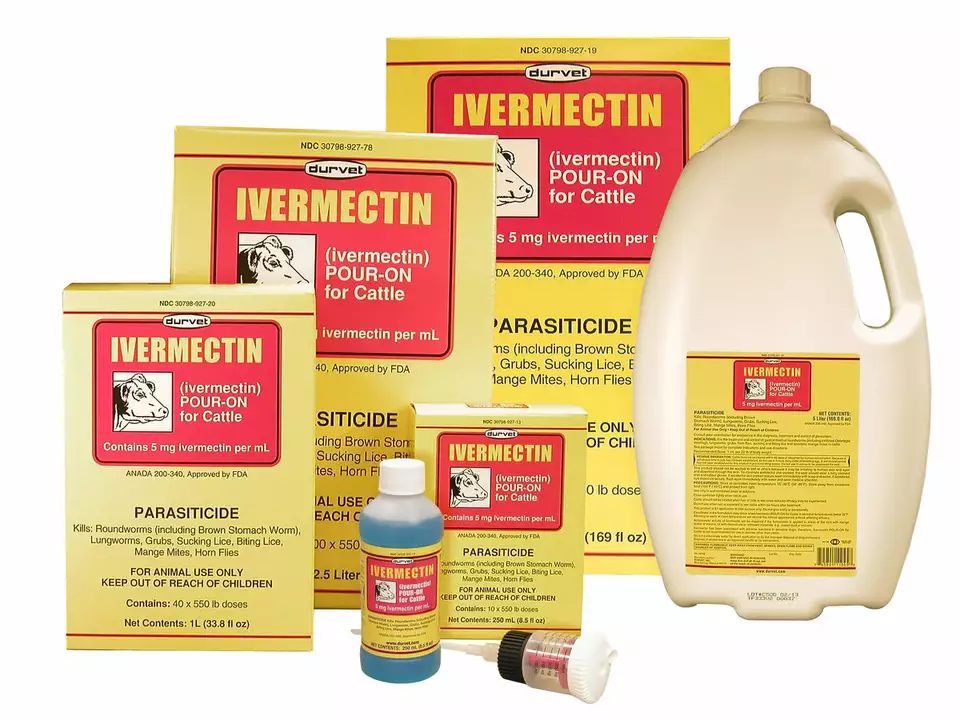Medication safety: clear steps for buying, taking, and storing medicines
Mixing medicines or buying pills from the wrong place can cause real harm. This page pulls together practical safety tips you can use today — whether you’re ordering online, taking multiple prescriptions, or just trying to store meds safely at home.
First, check interactions before you take anything new. Make a simple list of every pill, supplement, and herbal product you use. Enter those names into a reliable drug interaction checker or show the list to your pharmacist. Some meds mentioned on our site — like febuxostat, clonidine, or bupropion — can interact with other drugs. Asking one question to your pharmacist (“Could this mix be risky?”) often prevents avoidable problems.
Buying medicine online? Not all sites are safe. Look for a real business address, a phone number you can call, and a secure checkout (https). Legit pharmacies require a prescription for prescription-only drugs. If a site sells powerful drugs without asking, walk away. Low prices that seem too good to be true often are. Read reviews, check privacy and terms pages, and prefer established sites with clear contact info.
Follow instructions for antibiotics and other short courses. For example, some antibiotics like cephalexin don’t mix well with heavy drinking—check your leaflet or ask a clinician. Finish the full course unless your doctor tells you otherwise. Stopping early can cause the infection to come back and build resistance.
Store medicines where they won’t get too hot, cold, or wet. Keep drugs in their original containers with labels intact. A bathroom cabinet above a sink is usually a bad spot because of steam. Instead, pick a cool, dry place out of reach of kids and pets. For some medicines — insulin, certain eye drops — refrigeration or special care is needed; follow the label.
Dispose of old or unused drugs safely. Don’t keep expired meds “just in case.” Many pharmacies and community centers run drug take-back programs. If there’s no take-back option, mix pills with an undesirable substance (coffee grounds, cat litter), seal them in a bag, and throw them in the trash. Flushing meds is only okay if the label or FDA says so.
Quick checklist before you take any medicine
- Read the label and the patient leaflet.
- Confirm brand and dose match your prescription.
- Check for interactions using a trusted tool or your pharmacist.
- Ask if food, alcohol, or supplements affect the drug.
- Know the most common side effects and when to stop the drug.
When to contact a healthcare professional
If you get a rash, trouble breathing, severe dizziness, fainting, or sudden swelling — stop the drug and seek help. Also call your prescriber if you miss multiple doses, experience worsening symptoms, or if a new drug is added to your routine and you’re unsure about interactions.
Use these steps to reduce risk and feel more confident about your medicines. If you want specific articles, check our posts on online pharmacy safety, drug interactions, and storage tips for more detail.

Ivermectin for Cats: Safety, Dosage, and Potential Uses
As a cat owner, I've been researching Ivermectin for cats and found that it is a medication commonly used to treat various parasites. It's important to use the correct dosage, as overdosing can lead to serious side effects. Veterinarians typically prescribe Ivermectin for issues like ear mites, mange, and internal parasites. While it's generally safe for cats, some breeds may have a genetic sensitivity to the drug. Always consult with your vet before administering any medication to your feline friend.
Read More